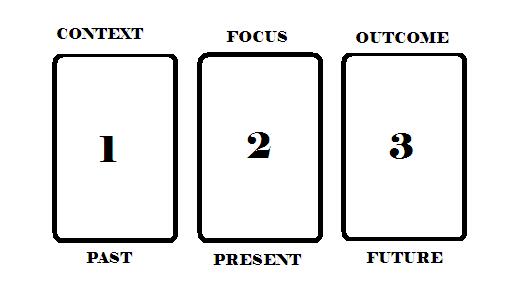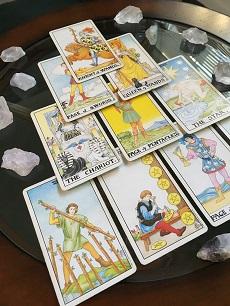

Trump cards are thought to have been invented in Europe, but perhaps not in Italy. Beinecke Rare Book & Manuscript Library, Yale University, New Haven, Connecticut (ITA 109)

Paper (pasteboard) with opaque paint on tooled gold ground 7 3/8 x 3 1/2 in. Knight (female) of Swords, from The Visconti Tarot, ca. Right: Workshop of Bonifacio Bembo (Italian, Cremonese, active ca. Beinecke Rare Book & Manuscript Library, Yale University, New Haven, Connecticut (ITA 109). Knave of Cups, from The Visconti Tarot, ca. Left: Workshop of Bonifacio Bembo (Italian, Cremonese, active ca. The present-day association of tarot with fortune-telling and the occult gained currency only in the 19th century and has nothing to do with the medieval tarot cards. Tarot is a game of trick taking, as the many trump cards clearly indicate, and even though there are many variations (mostly minor), the rules of the game likely have not changed significantly since the 15th century. Alongside them were a fool ( matto), which was a wild card, and the 21 trump cards. Tarot cards employed the standard Italian suits, with values from 10 to 1 and with four face cards-king, queen, knight, and knave-for a total of 56 cards. Because of the complicated nature of the game by that point, it is likely that it had begun evolving earlier in the century.

The earliest references to tarot all date to the 1440s and 1450s and fall within the quadrilateral defined by the northern cities of Venice, Milan, Florence, and Urbino. In tarot cards, however, 21 trump cards, or tarocchi, were added, and these were figural, as in The Courtly Household Cards, with the fool at the bottom leading up to the emperor and pope at the top. The pip cards were conventionally organized, with the repetition of the symbol indicating the value. The Morgan Library & Museum, New York (MS M.630.23)īy the middle of the 15th century, the suit symbols of Italian cards were Cups, Swords, Batons, and Coins, and they remain so to this day. Paper (pasteboard) with opaque paint on tooled gold ground 6 3/4 x 7 3/8 in. Queen of Swords, from The Visconti-Sforza Tarot, ca. Workshop of Bonifacio Bembo (Italian, Cremonese, active ca.


 0 kommentar(er)
0 kommentar(er)
